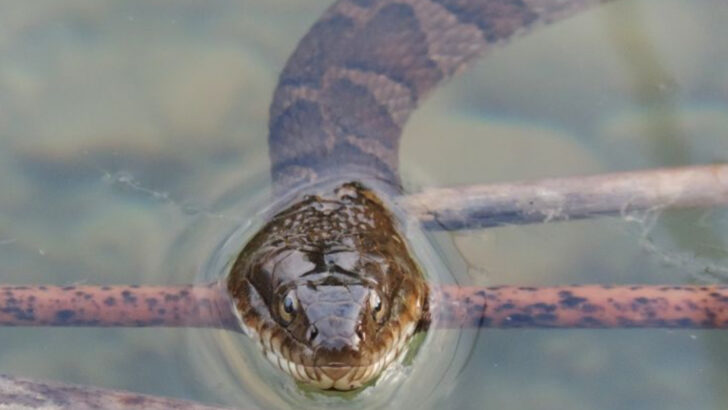Ohio’s wild spaces hide a deadly secret!
In the quiet forests and hidden wetlands, a host of dangerous animals lurk waiting. These creatures roam in shadows and striking forms, challenging the peace of familiar terrain. Venomous snakes, fierce predators, and elusive beasts roam freely, turning the wilderness into a stage for raw survival.
Step off the paved paths and enter a realm where danger whispers behind every tree. Even in a state known for its calm, these animals prove nature’s power remains unbridled. Their presence sends a chill down the spine, a reminder that wild spaces still host untamed forces.
Brace yourself while you explore this guide, uncovering dangers that defy expectation. Each animal tells a tale of survival, urging us to respect the wild with awe. Discover 20 perilous creatures that continue to roam Ohio’s untamed corners, challenging our ideas of safety in nature. Embrace the wild adventure ahead.
Eastern Timber Rattlesnake

The Eastern Timber Rattlesnake, a venomous predator, lurks in Ohio’s rugged terrains. With a distinctive rattle, this snake warns intruders of its potential strike. Its venom, while rarely fatal, can cause significant harm. These snakes prefer rocky, forested areas where they can bask in the sun and hunt. Encounters with humans are rare but require caution. If you hear its telltale rattle, slowly back away to avoid confrontation. Timber rattlesnakes play a vital role in controlling rodent populations, making them an essential part of the ecosystem. Always be aware of your surroundings while hiking in their habitat.
Copperhead Snake
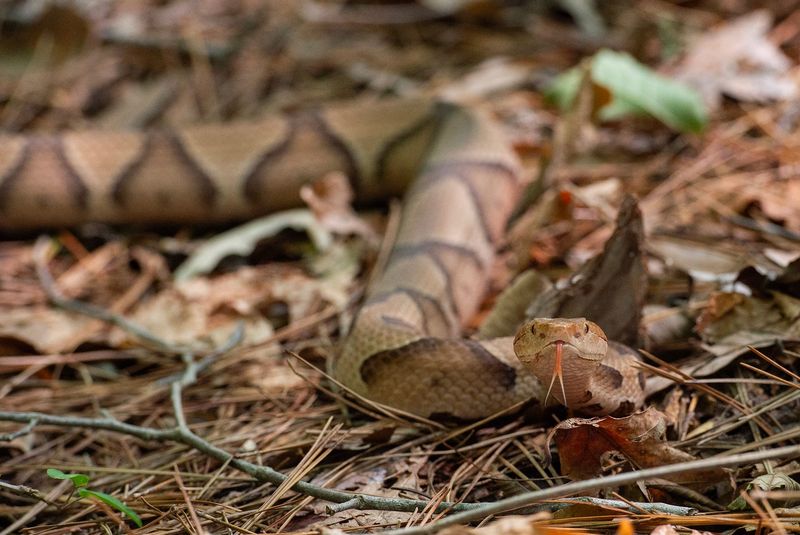
Copperhead Snakes are masters of camouflage, blending seamlessly into Ohio’s forest floors. Their venomous bite, while painful, is seldom deadly to humans. Often found near streams or rocky outcrops, they rely on their stealth to ambush prey. These snakes are most active during the warmer months when they hunt small mammals and birds. If bitten, seek medical attention promptly as reactions can vary. Copperheads are generally non-aggressive and will avoid humans if given space. Understanding their behavior can prevent unwanted encounters, making it safer to enjoy Ohio’s natural areas.
Black Bear
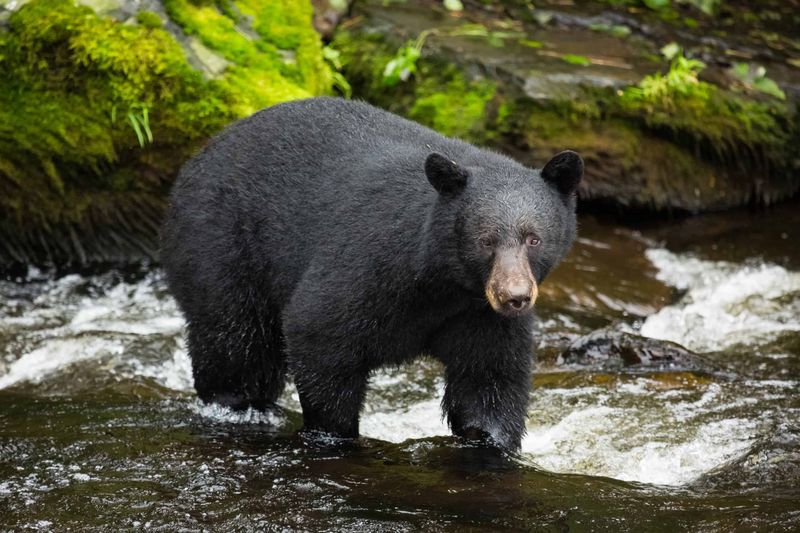
Ohio’s Black Bears are shy but powerful inhabitants of the state’s forests. Although typically avoiding humans, they can become aggressive if threatened or if they perceive a threat to their cubs. Bears are excellent climbers and swimmers, adapting well to Ohio’s varied environments. They are omnivorous, feeding on plants, insects, and occasionally, small animals. If you encounter a bear, remain calm, avoid eye contact, and slowly back away. Carrying bear spray can be a wise precaution. Respecting these animals’ space is key to coexisting peacefully in their territory.
Coyotes
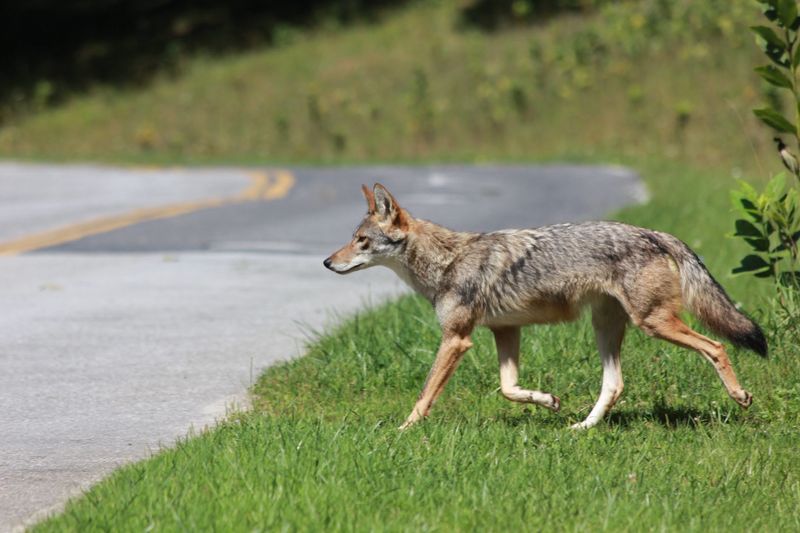
Coyotes are highly adaptable predators found throughout Ohio, thriving in both rural and urban areas. These canines travel in packs and are known for their yipping howls at night. While usually wary of humans, they can pose a threat to pets and livestock. Coyotes primarily hunt small mammals and birds but are also scavengers. To deter them, ensure trash and pet food are secured. If confronted, make loud noises and appear larger to scare them away. Understanding their behavior and habitat can help minimize conflicts, allowing safe coexistence with these intelligent creatures.
Eastern Massasauga Rattlesnake
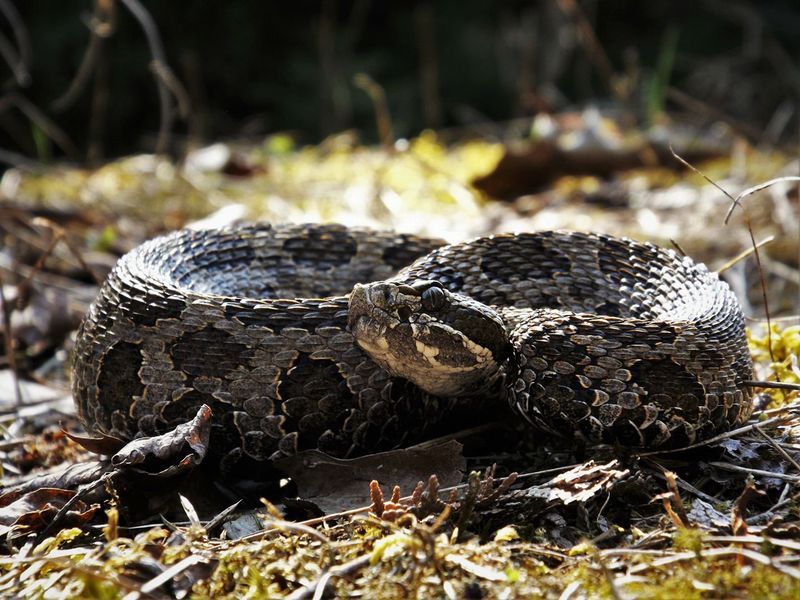
The Eastern Massasauga Rattlesnake, a small but venomous snake, inhabits Ohio’s wetlands. This elusive reptile is recognized by its segmented rattle and distinctive patterning. While its venom is potent, bites are rare due to its shy nature. Preferring marshes and meadows, it hunts frogs and small rodents. If you encounter this snake, maintain a respectful distance and allow it to retreat. Wearing boots and watching your step can prevent accidental encounters. As a protected species, the massasauga plays an important role in the ecosystem by controlling pest populations. Awareness is key when exploring their habitats.
Bobcat
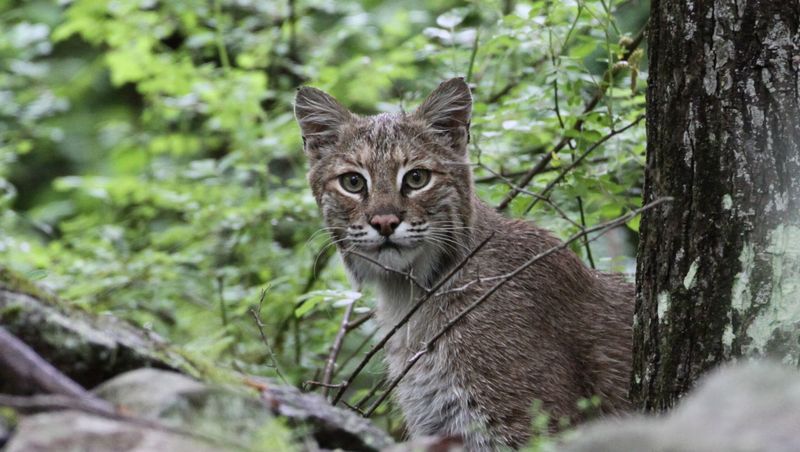
Bobcats, elusive and solitary, roam Ohio’s forests and fields. These medium-sized felines are skilled hunters, preying on rabbits, rodents, and birds. While they generally avoid humans, bobcats can become aggressive if cornered or threatened. Their sharp claws and teeth make them formidable opponents. Silent and stealthy, they are most active during dawn and dusk. If you spot a bobcat, admire it from a distance. Keeping small pets indoors at night can reduce the risk of predation. Bobcats are a crucial part of Ohio’s natural balance, managing small animal populations effectively.
Great Horned Owl
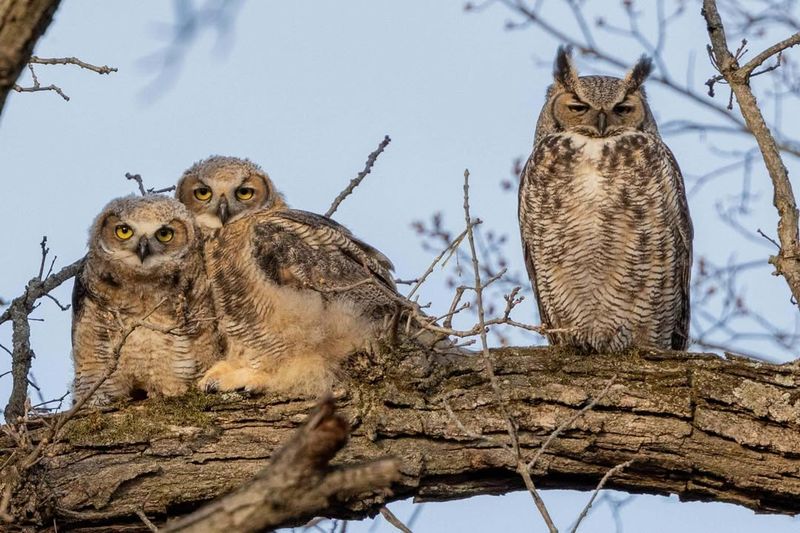
The Great Horned Owl, a powerful nocturnal predator, inhabits Ohio’s woodlands and urban areas. Known for its deep hoots and striking tufts, this owl hunts rodents, birds, and even skunks. With exceptional night vision and silent flight, it is a master of stealth. Although rarely dangerous to humans, it can be protective of its nesting area. If approached too closely, it may swoop down to deter intruders. Admiring these majestic birds from a distance ensures safety for both humans and owls. They play a significant role in controlling pest populations, benefiting the ecosystem.
Brown Recluse Spider
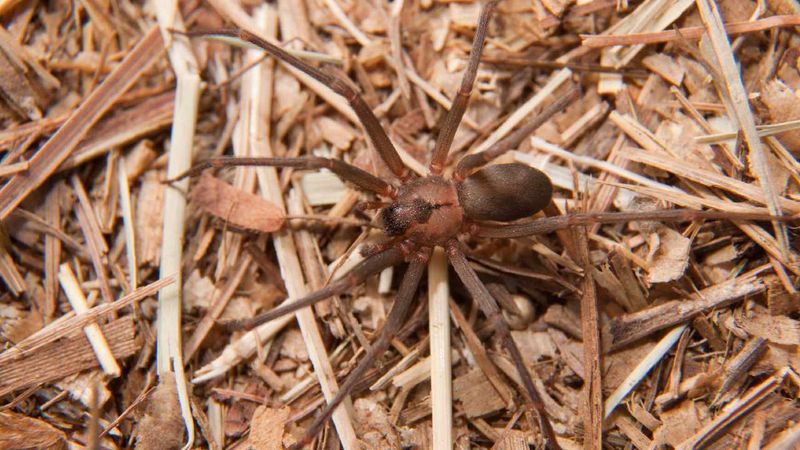
The Brown Recluse Spider, while small, commands respect due to its potent venom. Found occasionally in Ohio homes, particularly in dark, undisturbed areas, its bite requires medical attention. The spider’s distinctive violin-shaped marking helps in identification. Bites can cause severe reactions, including tissue necrosis. To reduce the chance of encounters, keep basements and attics clutter-free and sealed. Use caution when reaching into dark corners or boxes. While the risk is low, awareness and proper precautions can prevent negative interactions. These spiders are reclusive, preferring to avoid human contact if possible.
Timber Wolf
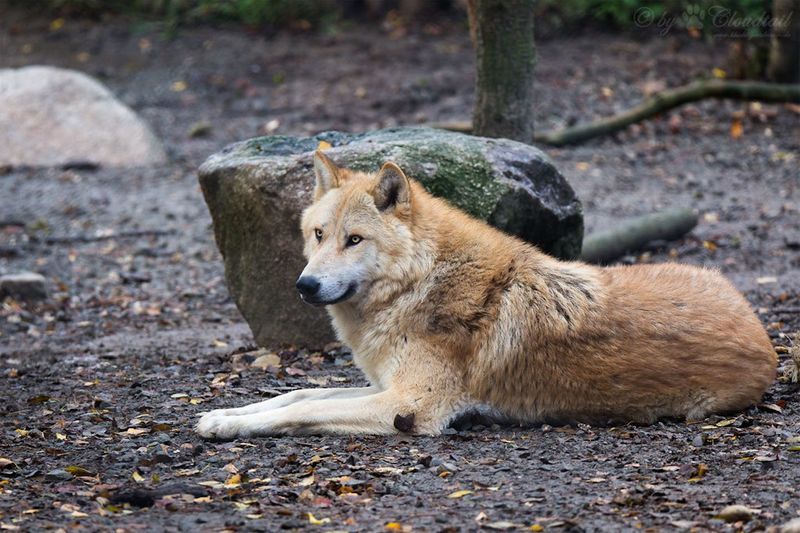
Timber Wolves, though not commonly seen, are an essential part of Ohio’s wilderness. These social animals live in packs with a strict hierarchy. Known for their haunting howls, wolves primarily hunt deer and other large mammals. They can travel vast distances in search of food. Wolves typically avoid humans, but if encountered, maintain a safe distance and do not run. Their presence is crucial for maintaining a balanced ecosystem, controlling prey populations naturally. Being informed about wolf behavior and habitat helps foster peaceful coexistence, preserving Ohio’s natural heritage for future generations.
Tick-Borne Illness Carriers
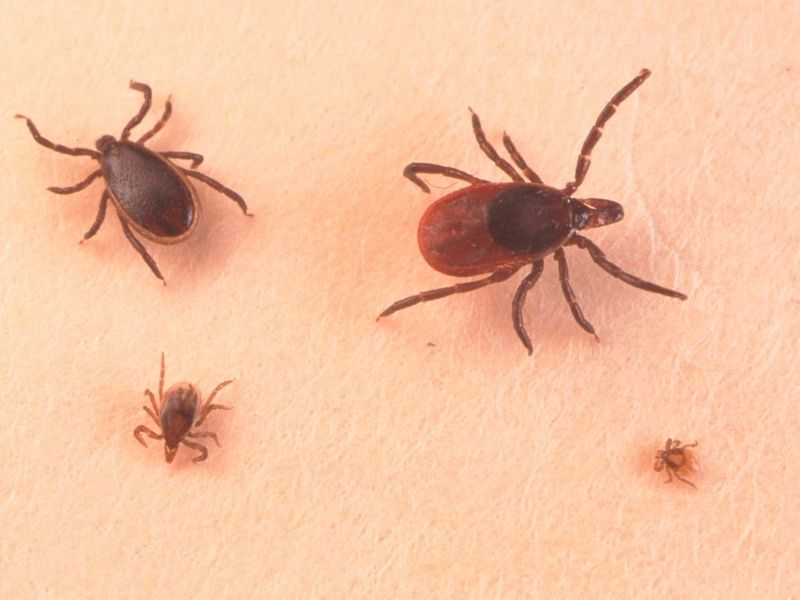
Ticks, tiny but impactful, are vectors for diseases like Lyme disease and Rocky Mountain spotted fever. Found in Ohio’s grassy and wooded areas, ticks latch onto hosts for blood meals. After outdoor activities, check for ticks on clothing and skin promptly. Use insect repellent and wear long sleeves to reduce exposure. Removing ticks quickly can prevent disease transmission. While ticks themselves are not dangerous, the illnesses they carry pose significant health risks. Being vigilant and taking preventive measures are crucial when enjoying Ohio’s natural beauty, ensuring a safe and healthy outdoor experience.
Wild Boar
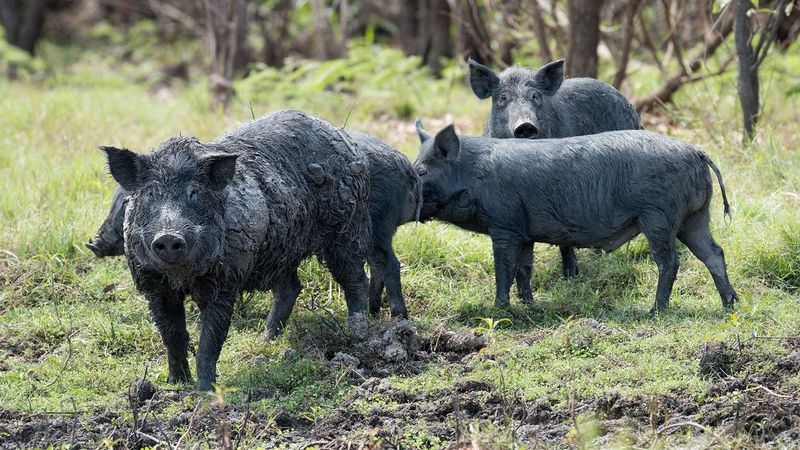
Wild Boars, invasive and destructive, roam certain parts of Ohio. These formidable animals, with sharp tusks and strong bodies, can be aggressive if provoked. They damage crops and compete with native wildlife for resources. Boars are typically nocturnal, rooting for food in meadows and forests. If encountered, give them plenty of space to avoid triggering a charge. Boars have no natural predators in Ohio, allowing their populations to grow. Control measures are in place to manage their numbers, but awareness and caution are key for those venturing into boar-inhabited areas.
Snapping Turtle
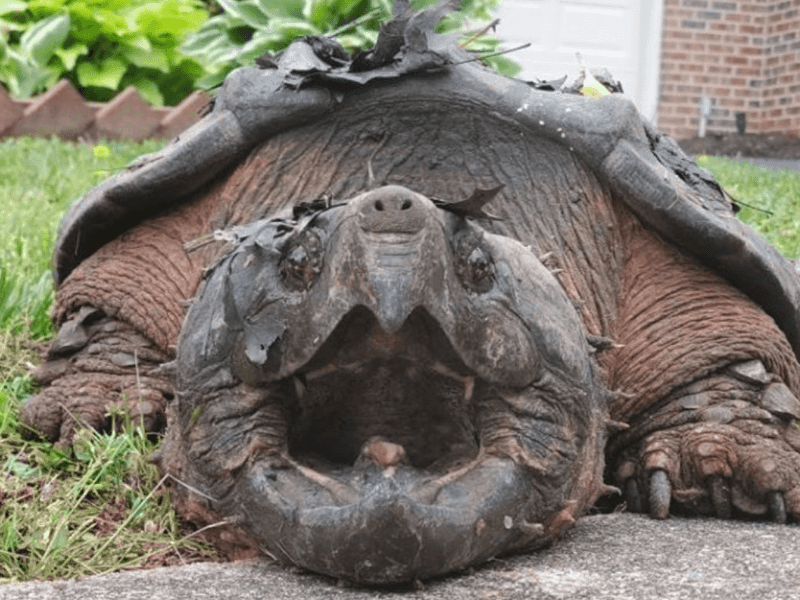
Ohio’s Snapping Turtles, with their powerful jaws and prehistoric appearance, are fascinating yet formidable. Typically found in ponds and slow-moving rivers, they are mostly aquatic. While not aggressive unless provoked, their bite can inflict serious injury. Snappers are omnivorous, feeding on aquatic plants, fish, and carrion. If you encounter one on land, observe from a safe distance and allow it to continue its path. These turtles play a crucial role in their ecosystem by keeping waterways clean. Educating oneself about their habits contributes to safe and respectful interactions in Ohio’s wetlands.
Northern Water Snake
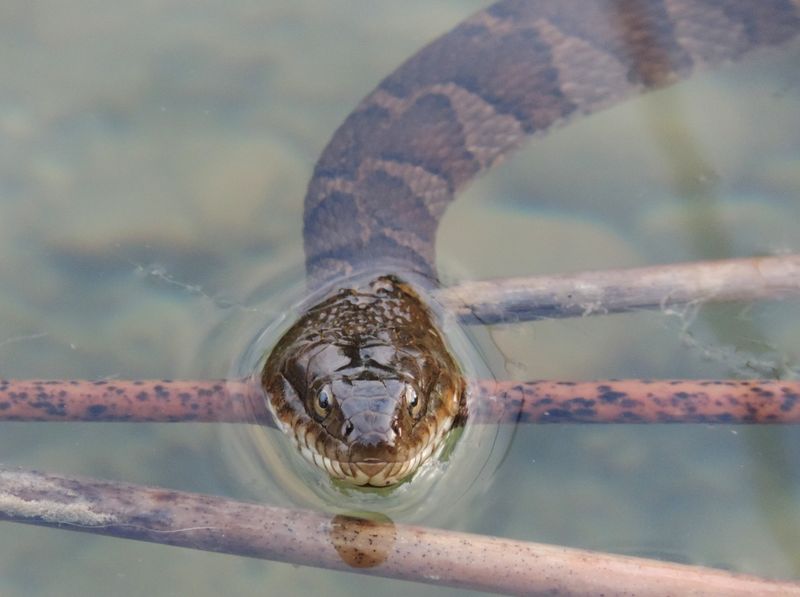
The Northern Water Snake, often mistaken for venomous species, is a common sight in Ohio’s aquatic habitats. Non-venomous but defensive when threatened, it can deliver a painful bite. These snakes are vital for controlling fish and amphibian populations. They bask on rocks and logs near water, blending into their surroundings. If approached, they may flee or display aggressive behavior. To avoid conflict, watch your step near water bodies and respect their space. Understanding their role in the ecosystem helps mitigate fears and promotes coexistence with these often-misunderstood creatures.
American Bald Eagle
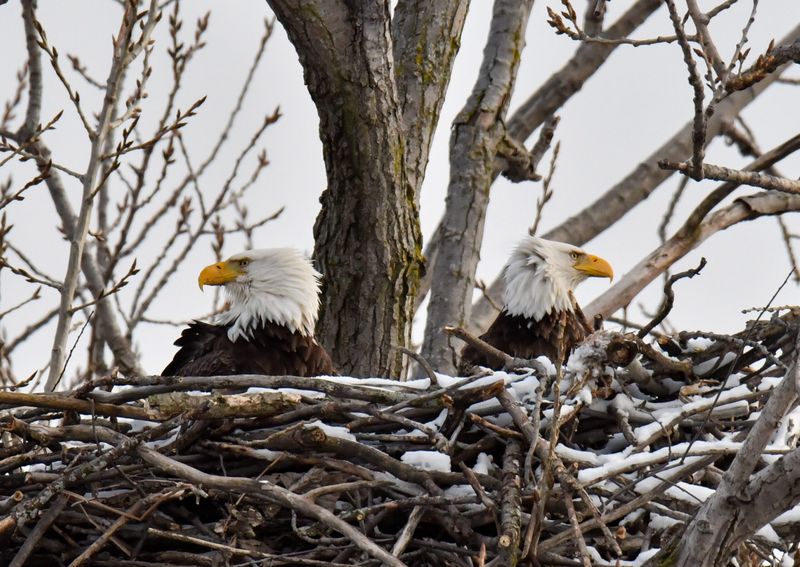
The American Bald Eagle, a symbol of strength and freedom, nests near Ohio’s rivers and lakes. These majestic birds of prey have powerful talons and keen eyesight, hunting fish and small mammals. While not a threat to humans, they can be protective of their nests. Observing from a distance ensures safety for both eagles and admirers. Eagles play a critical role in the ecosystem by maintaining the balance of fish populations. Their presence in Ohio signifies a healthy environment, making them a treasure worth preserving and respecting in their natural habitats.
Red Fox
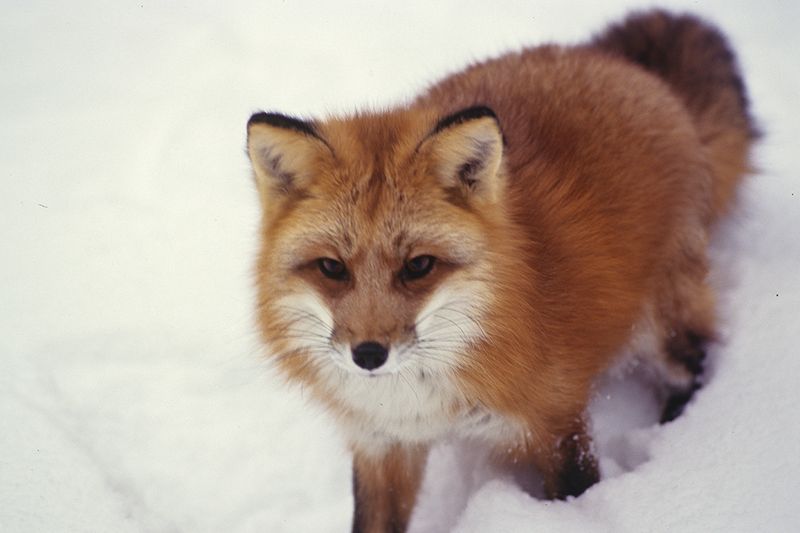
Red Foxes, with their bushy tails and sharp features, are a common sight in Ohio. These adaptable hunters thrive in diverse environments, from rural countrysides to suburban areas. They primarily hunt rodents and birds, playing a key role in controlling pest populations. While generally not dangerous to humans, they can be a threat to small pets and poultry. To deter foxes, secure garbage and remove potential food sources. Observing these cunning creatures from a distance can be a delightful experience, highlighting the balance of predator and prey in Ohio’s ecosystems.
Osprey
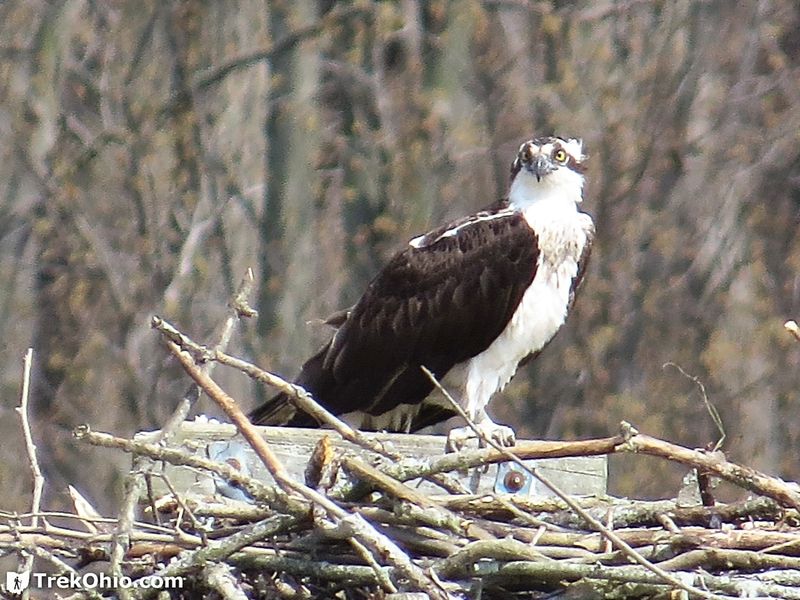
The Osprey, a skilled fisher, is a seasonal visitor to Ohio’s waterways. With keen eyesight, it hovers above lakes and rivers, plunging to snatch fish with its talons. These birds are not a threat to humans but are protective of their nesting sites. Watching an osprey hunt is a thrilling spectacle, showcasing nature’s precision and power. Maintaining a respectful distance ensures their natural behavior is undisturbed. Ospreys contribute to healthy fish populations, serving as indicators of aquatic ecosystem health. Their presence highlights Ohio’s rich biodiversity, drawing birdwatchers and nature lovers alike.
White-Tailed Deer
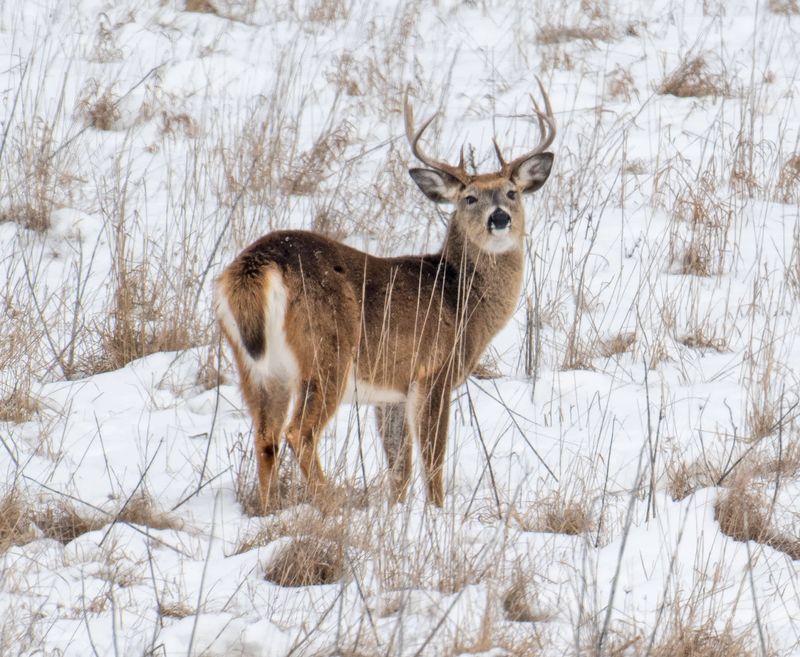
White-Tailed Deer, while picturesque, pose unique challenges in Ohio. Their growing populations lead to overgrazing, impacting local vegetation and wildlife. Additionally, deer-vehicle collisions are a significant hazard, especially during mating season. Drivers should be vigilant in areas where deer are common, particularly at dawn and dusk. Despite these challenges, deer are an integral part of Ohio’s ecosystems, supporting predators and contributing to plant diversity. Conservation efforts aim to balance population control with ecological needs. Understanding their habits and habitats helps mitigate risks and fosters appreciation for these graceful creatures.
Barn Owl
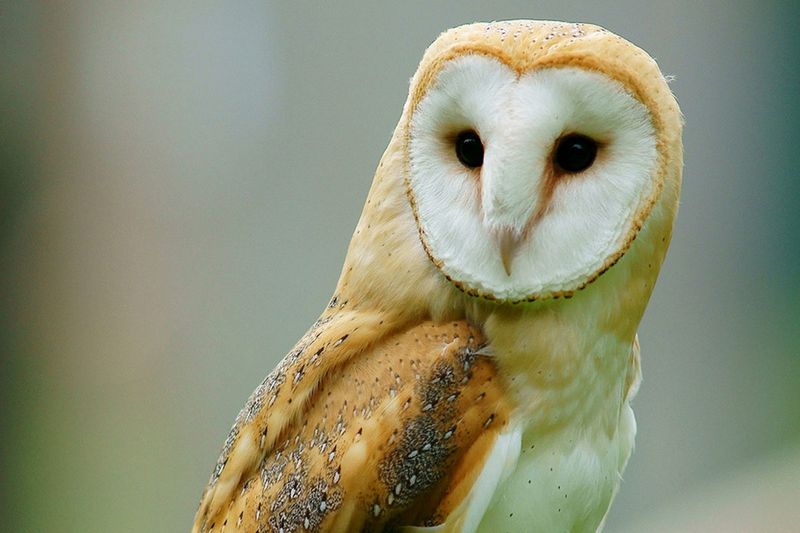
Barn Owls, with their ghostly appearance and silent flight, are efficient nocturnal hunters found across Ohio. They prey on rodents, making them valuable for pest control. These owls nest in barns, hollow trees, and abandoned buildings, often heard more than seen. Although non-threatening to humans, they are sensitive to disturbances. Maintaining a respectful distance from nesting sites ensures their peace. Barn Owls play a crucial role in agricultural communities by naturally managing rodent populations. Encouraging their presence through nest boxes supports ecological balance and highlights the importance of preserving wildlife habitats.
Eastern Box Turtle
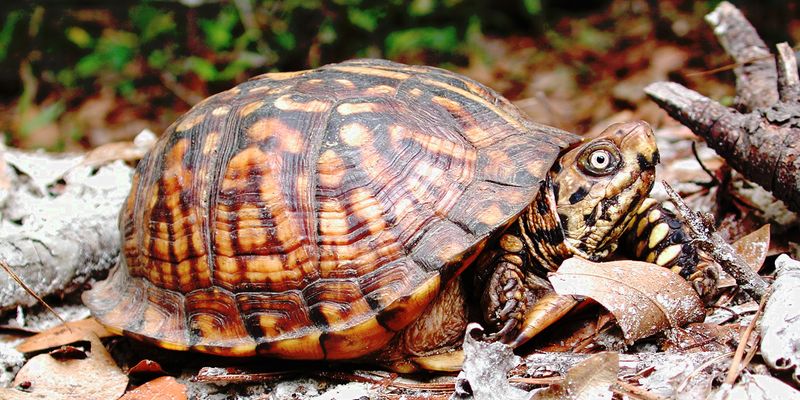
The Eastern Box Turtle, with its distinctive domed shell, is a familiar sight in Ohio’s forests. These turtles are terrestrial, preferring moist woodlands and meadows. While not dangerous, they are vulnerable to habitat loss and vehicle collisions. Helping turtles cross roads safely can contribute to their survival. Box turtles are omnivorous, feeding on insects, fruits, and plants. As long-lived creatures, they play a role in seed dispersal and ecosystem dynamics. Respecting their natural environments and avoiding capturing them as pets helps ensure their continued presence in Ohio’s wild spaces.
Red-Tailed Hawk
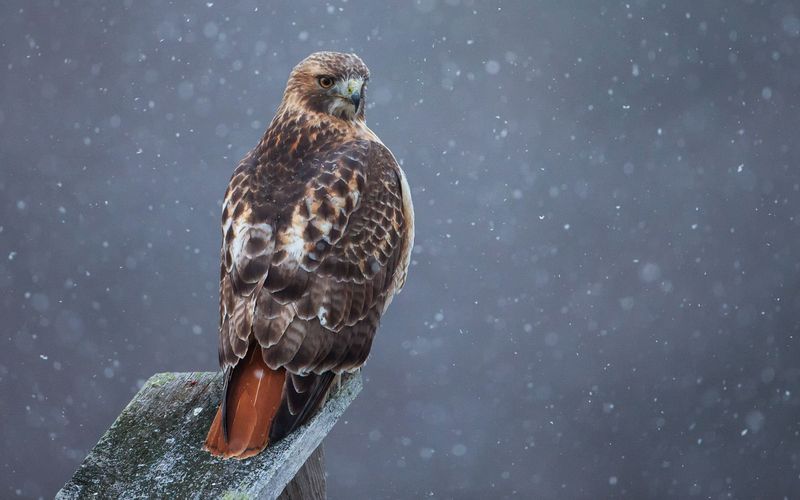
The Red-Tailed Hawk, a formidable raptor, is a common resident of Ohio’s skies. Recognizable by its broad wings and reddish tail, this bird hunts from high perches, swooping down on unsuspecting prey. Red-tailed hawks help control rodent populations, contributing to ecological balance. While they pose no danger to people, they can become defensive if their nests are approached. Observing these majestic birds from a distance allows them to thrive undisturbed. Red-tailed hawks are a symbol of wilderness, embodying the untamed spirit of Ohio’s landscapes. Their presence enriches the state’s natural heritage.

